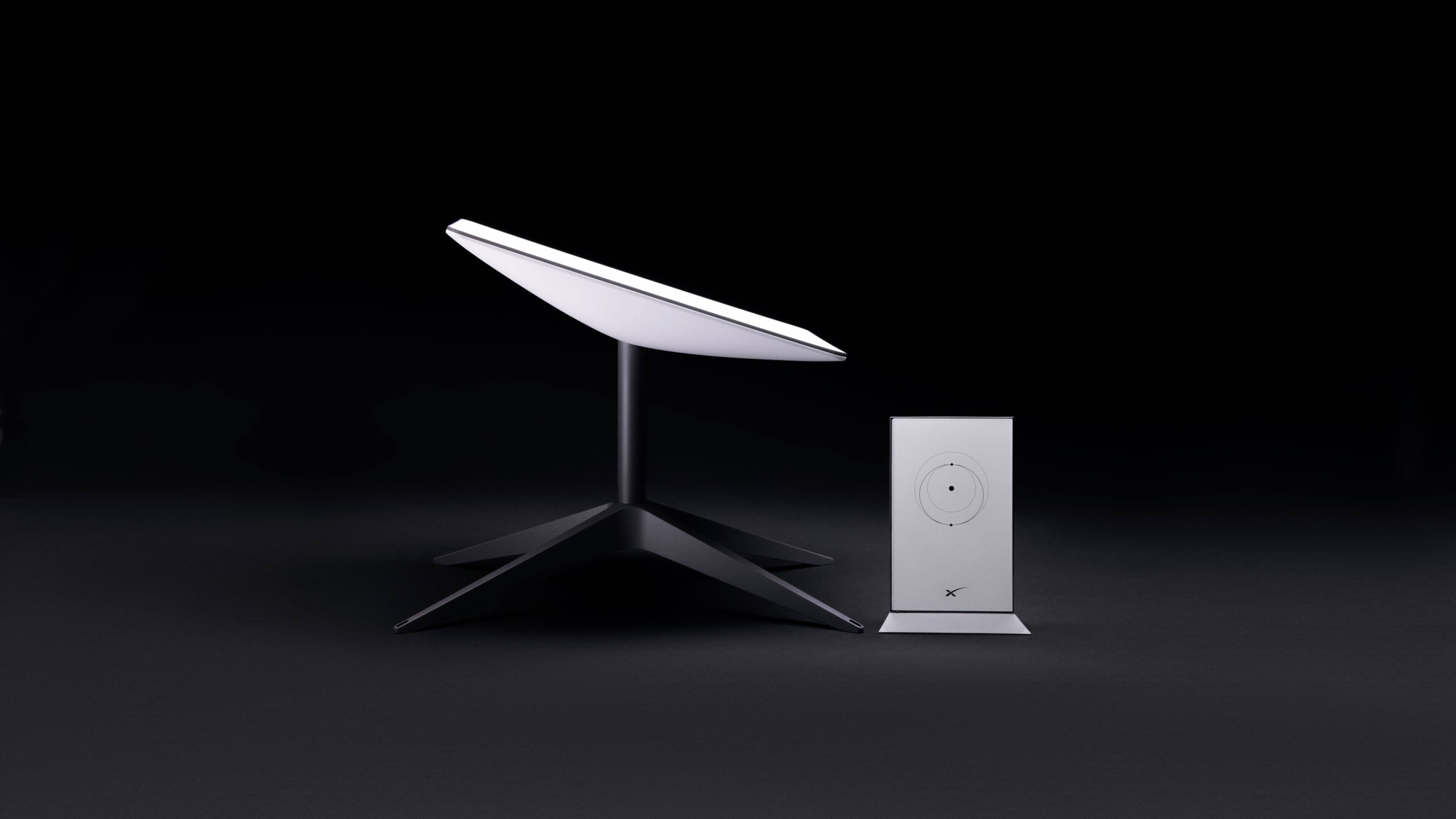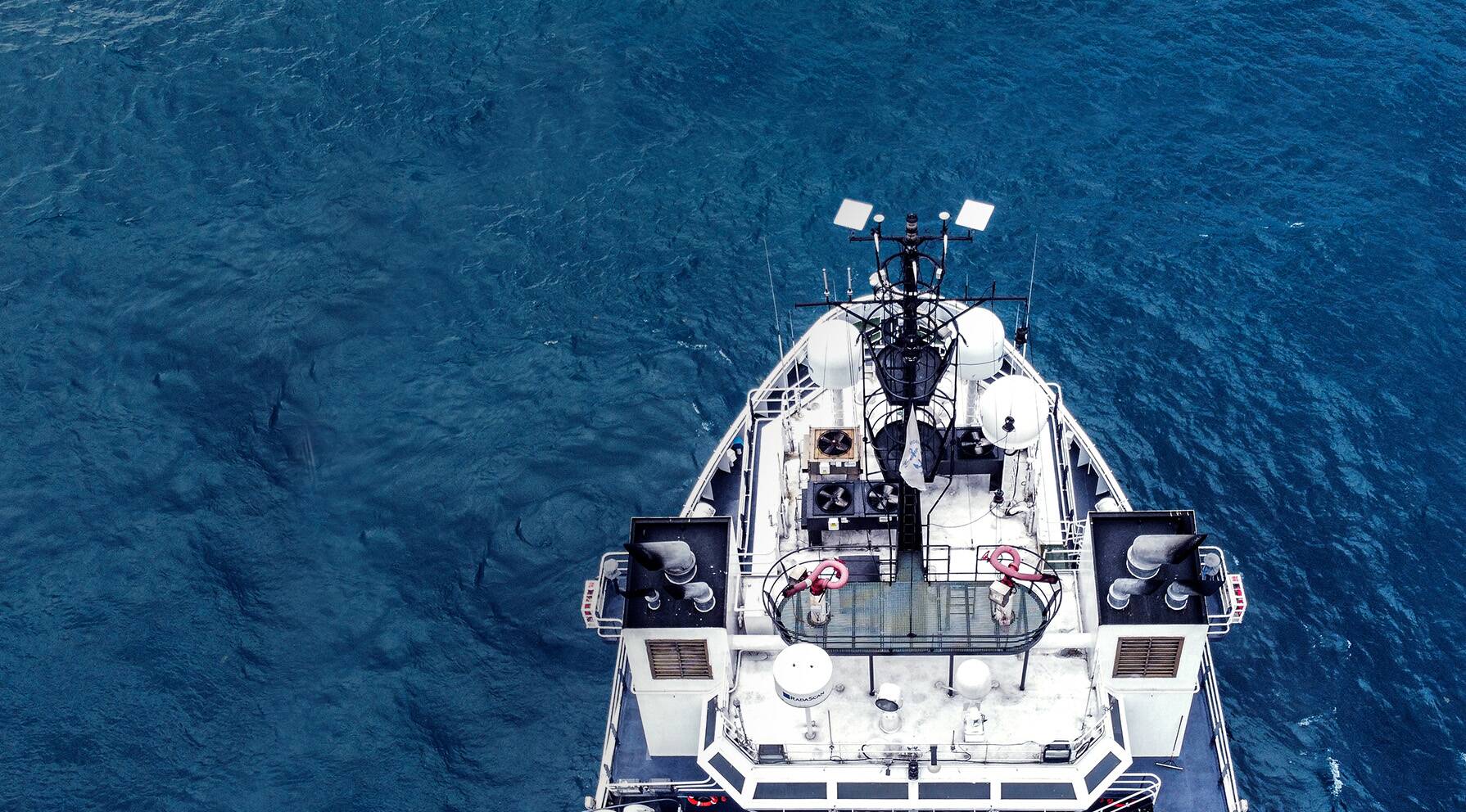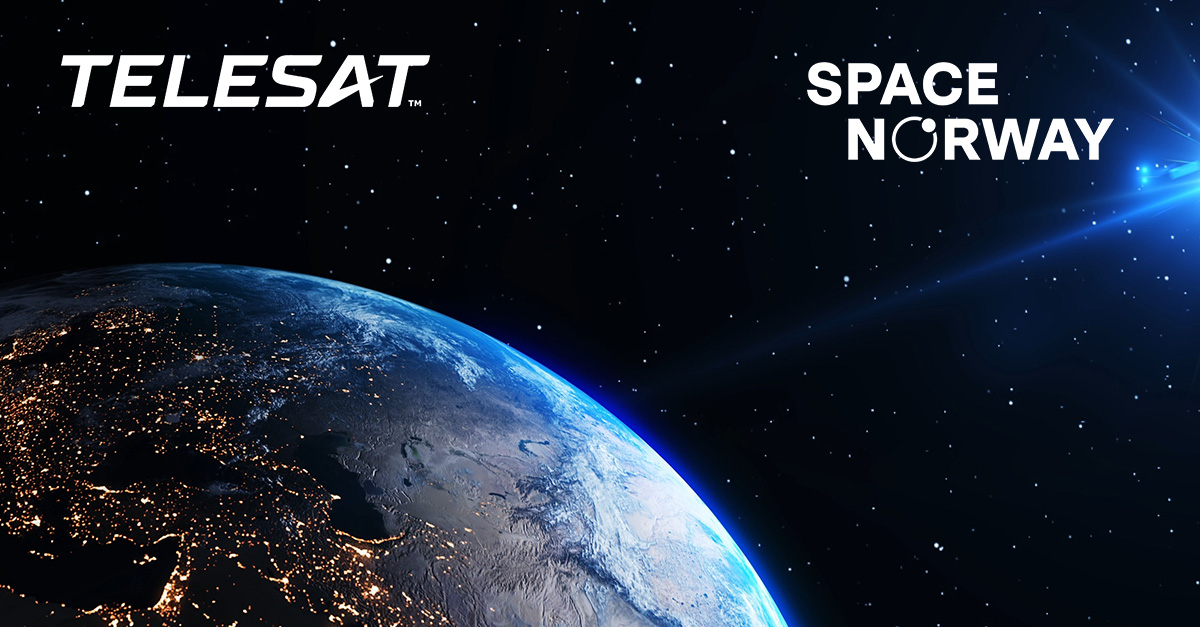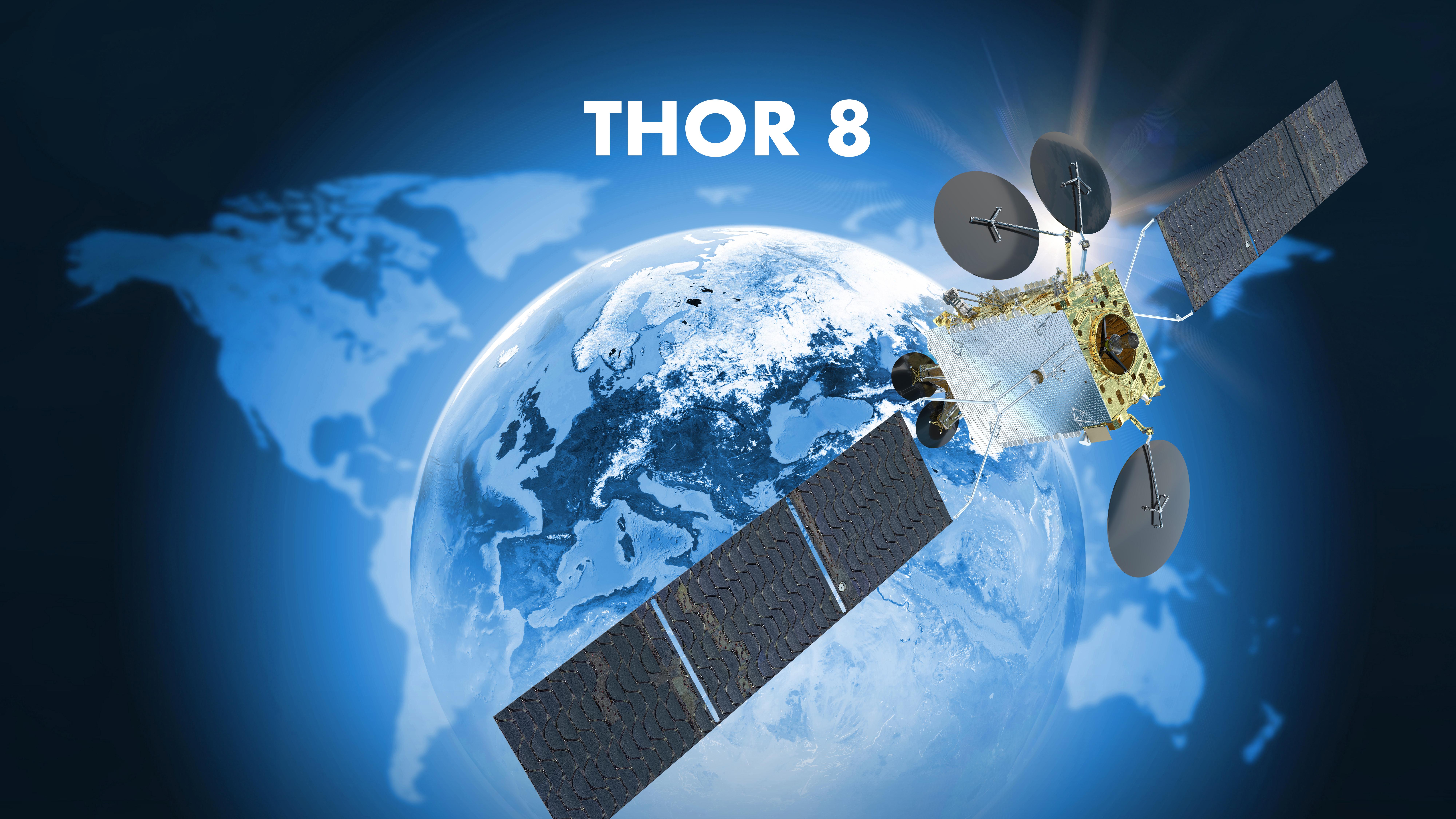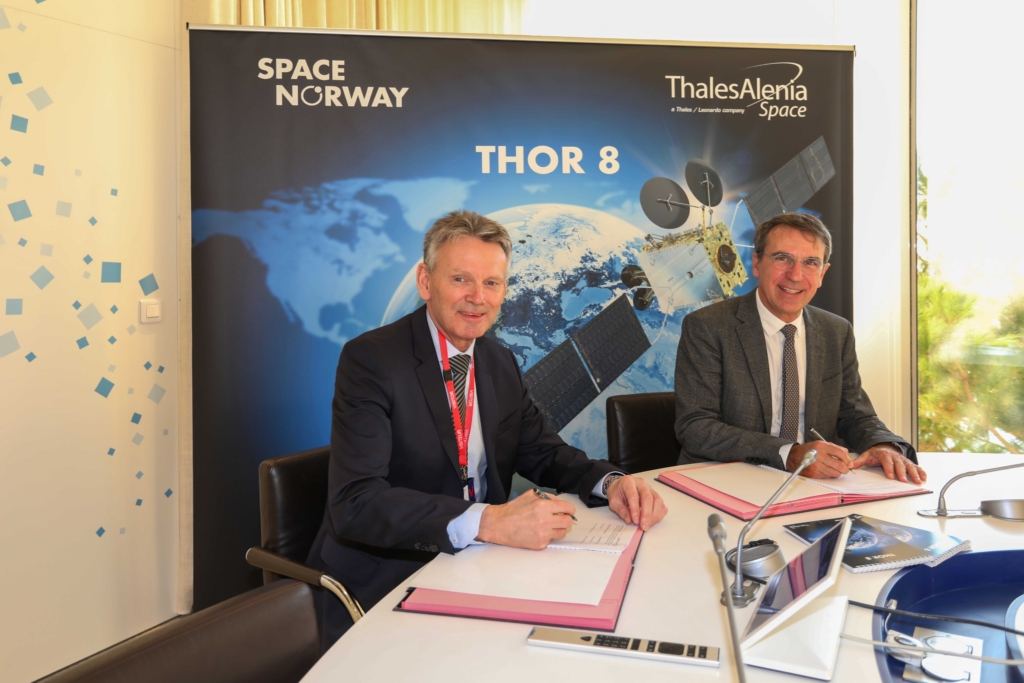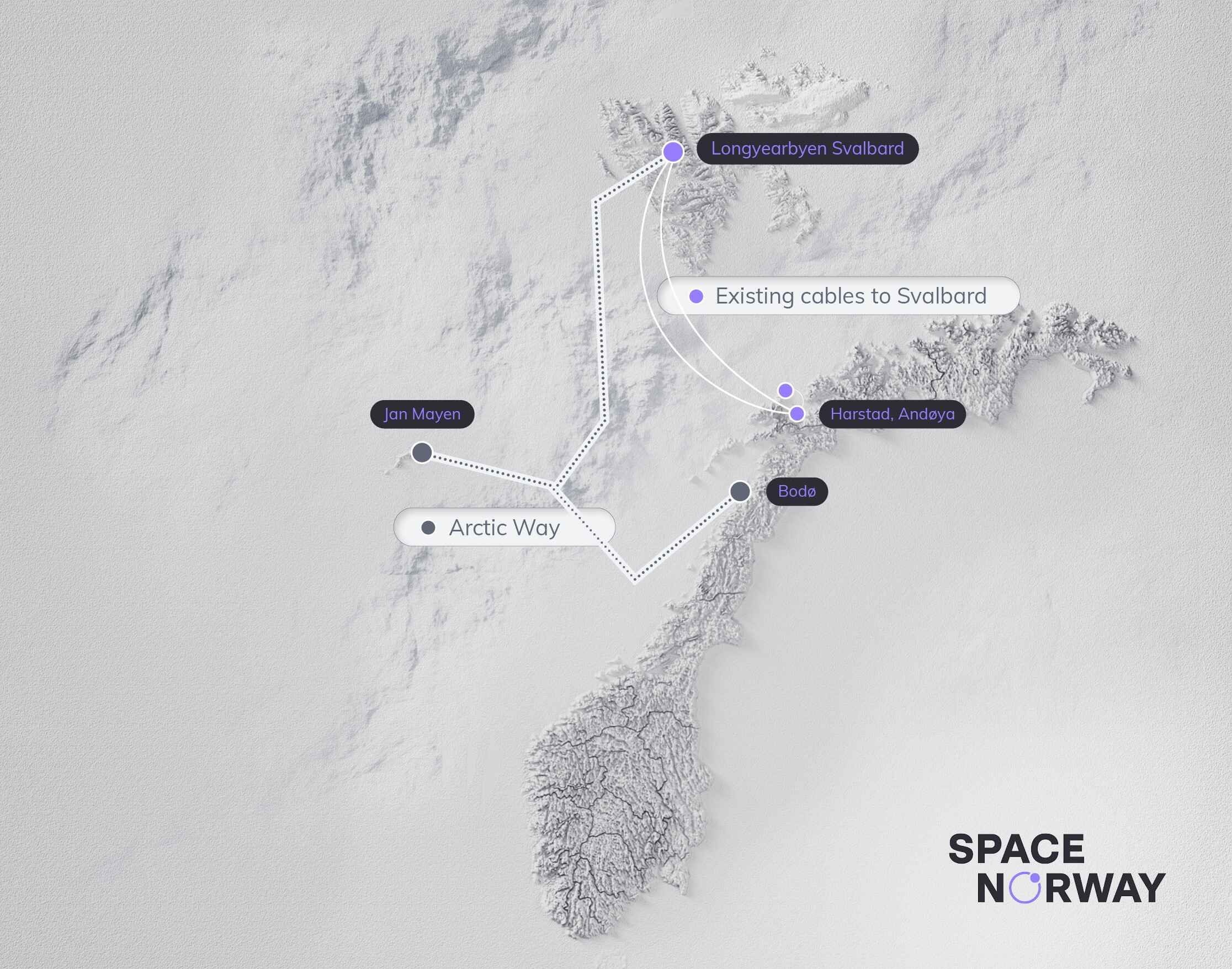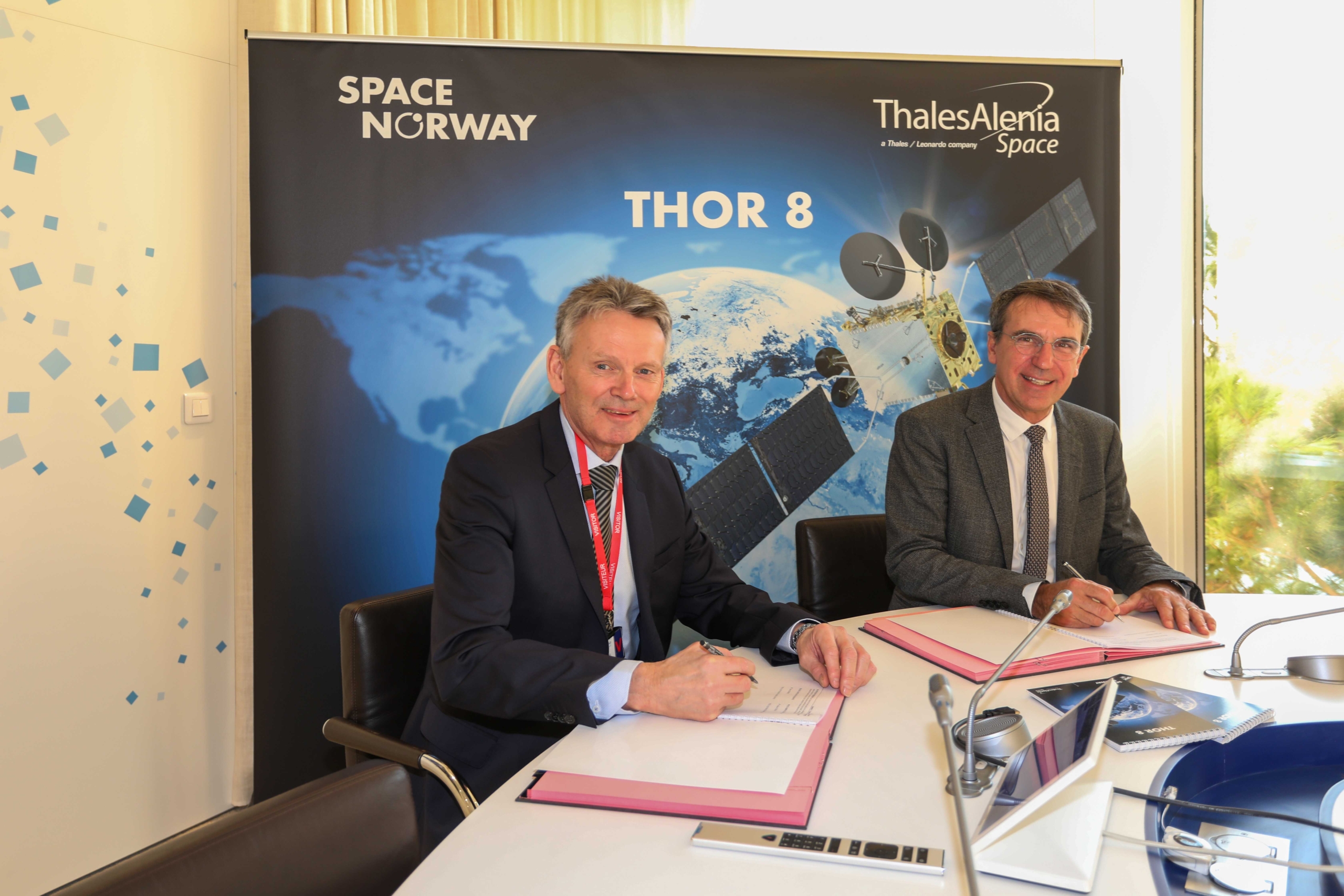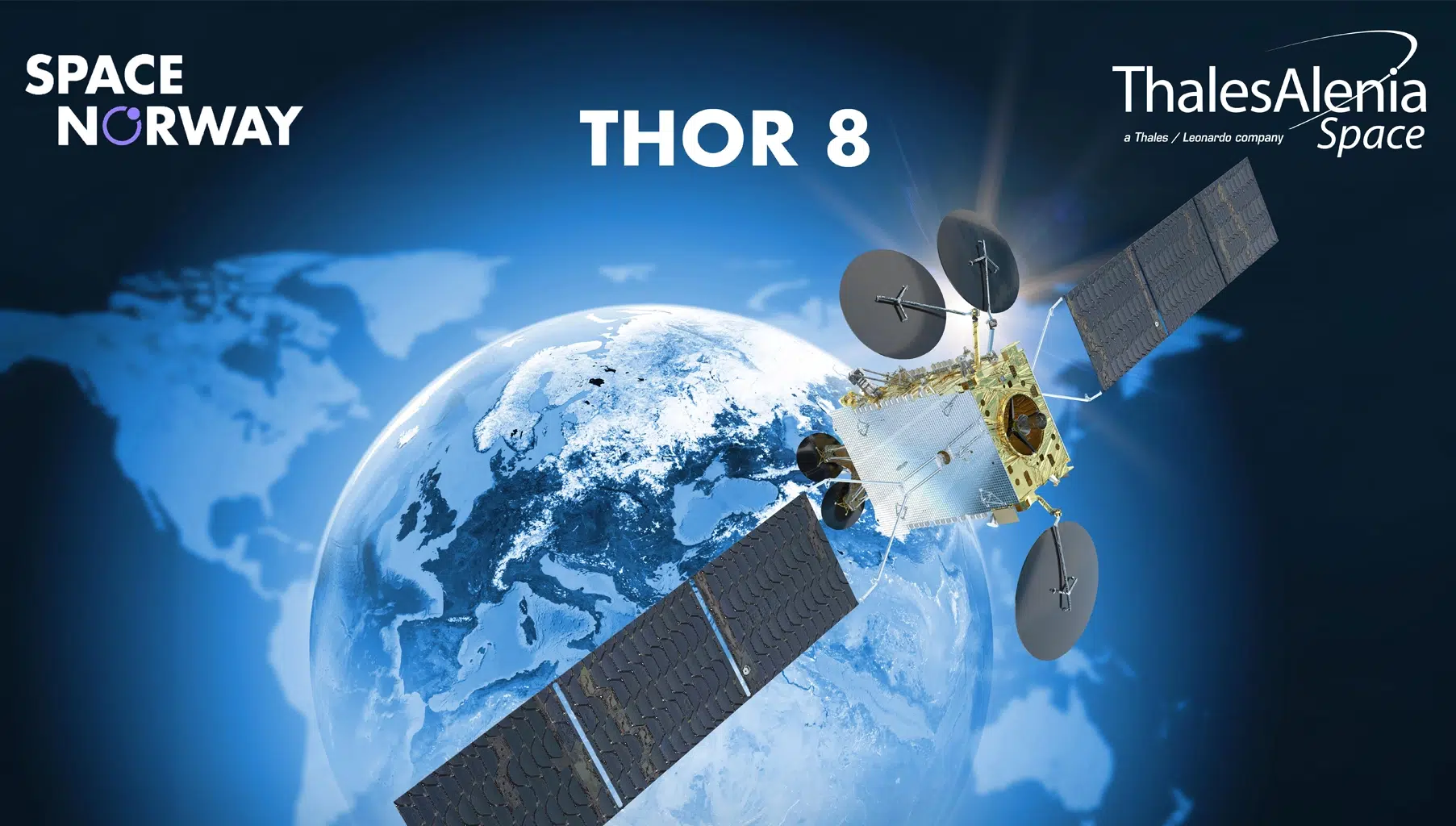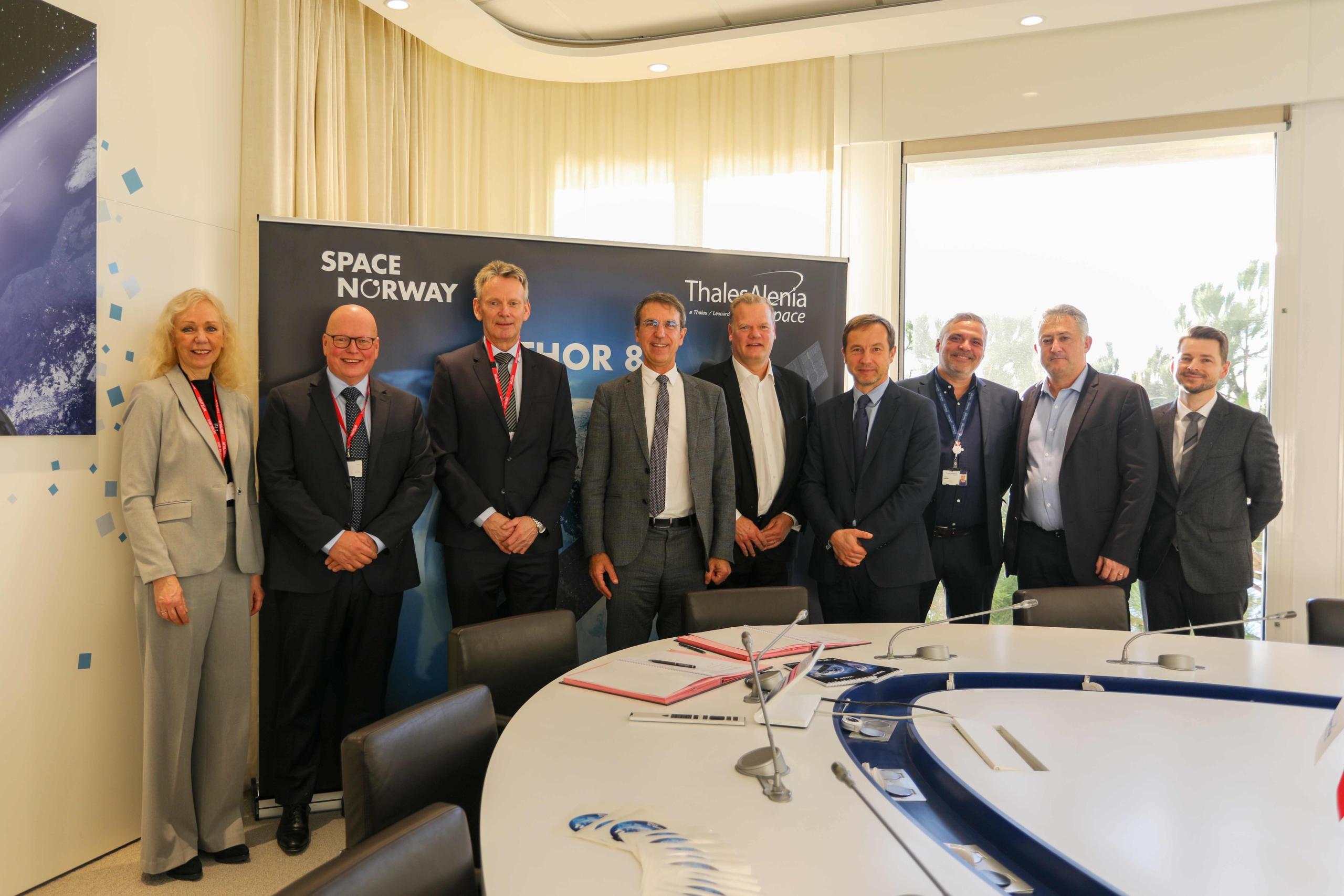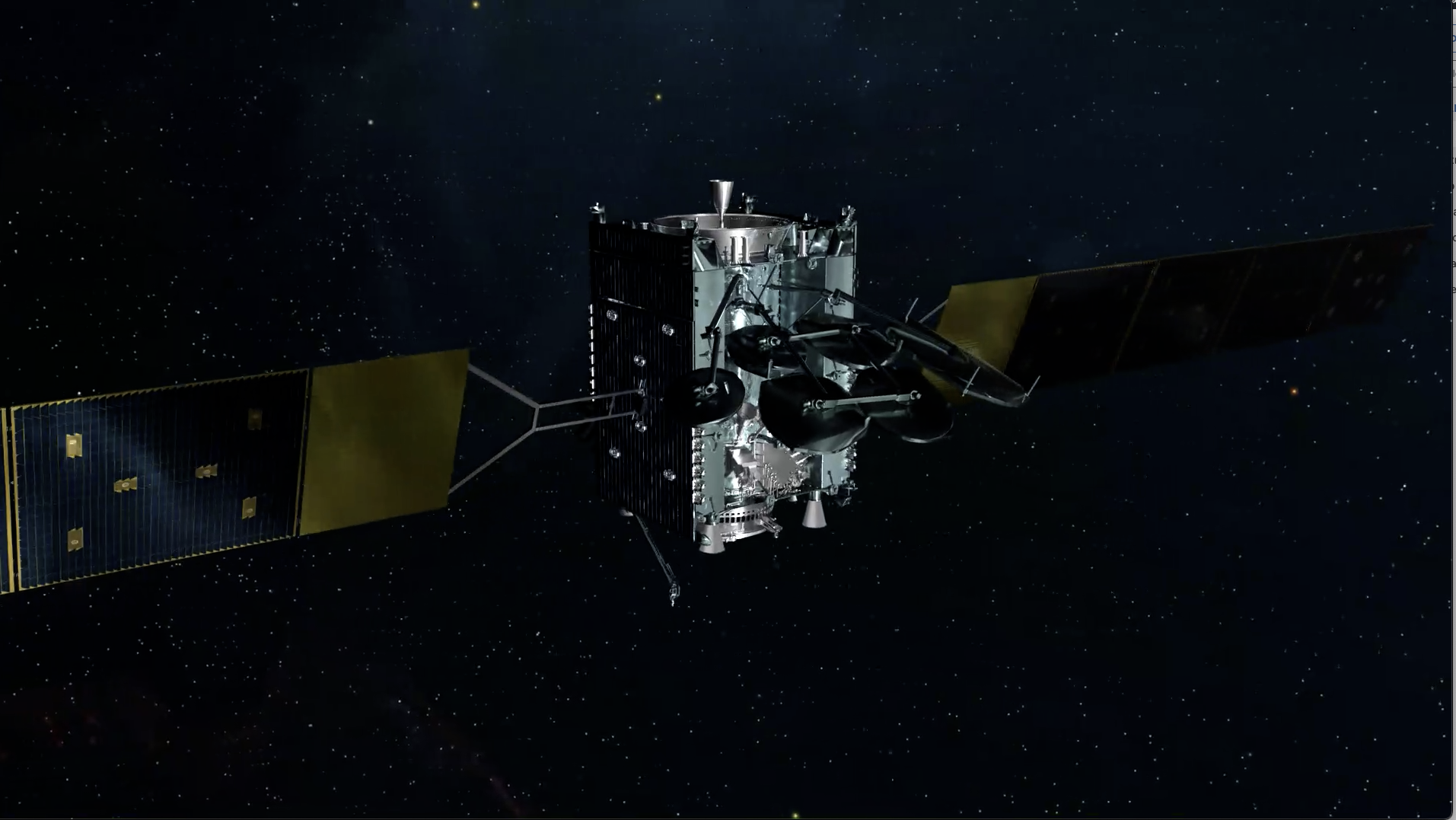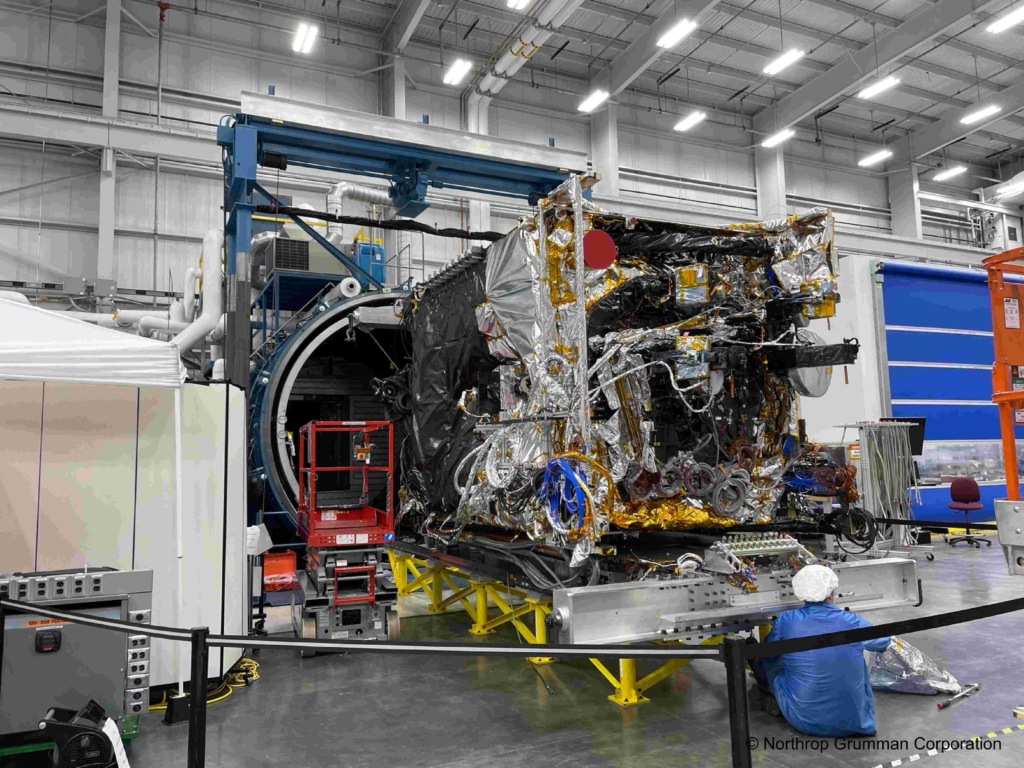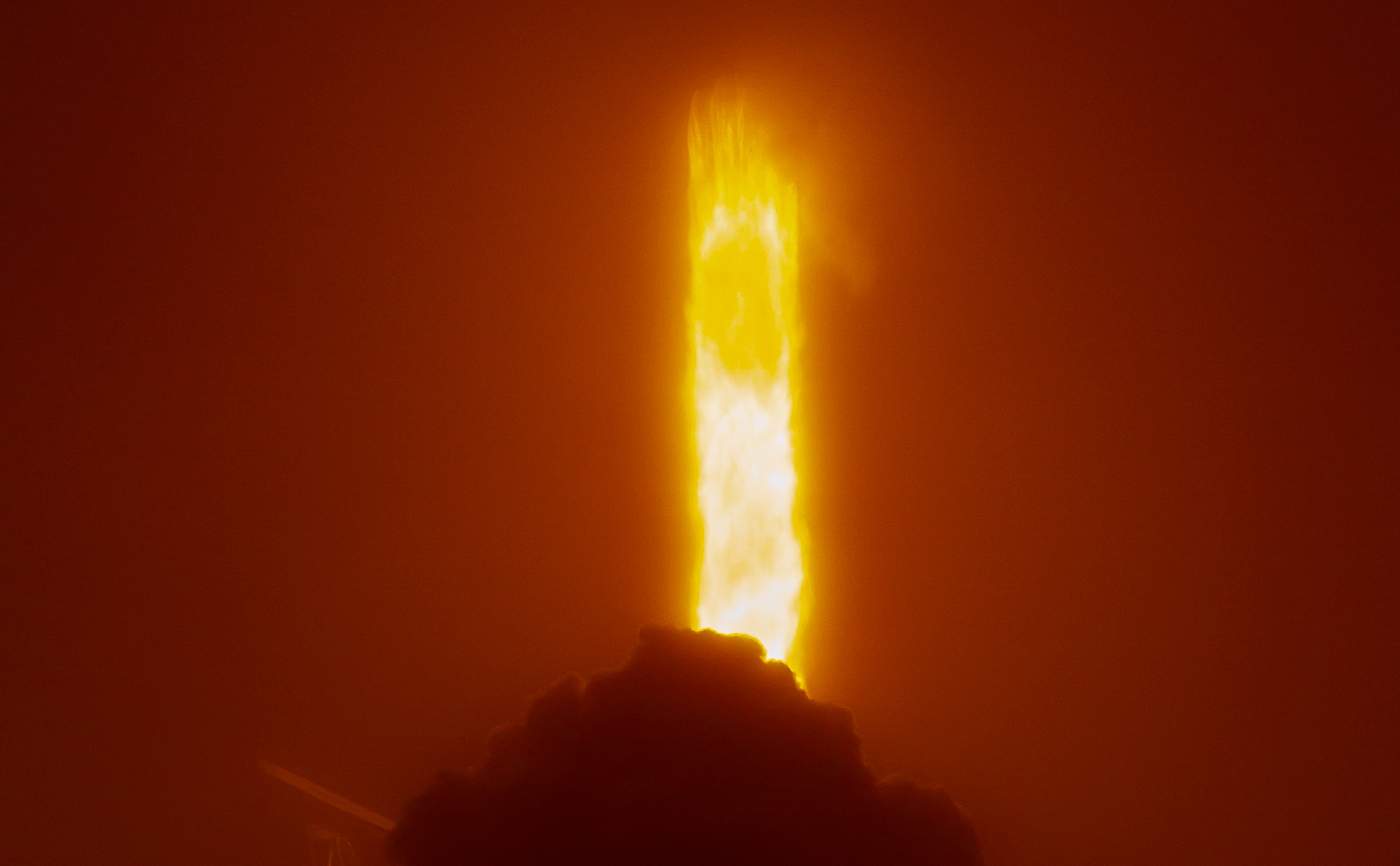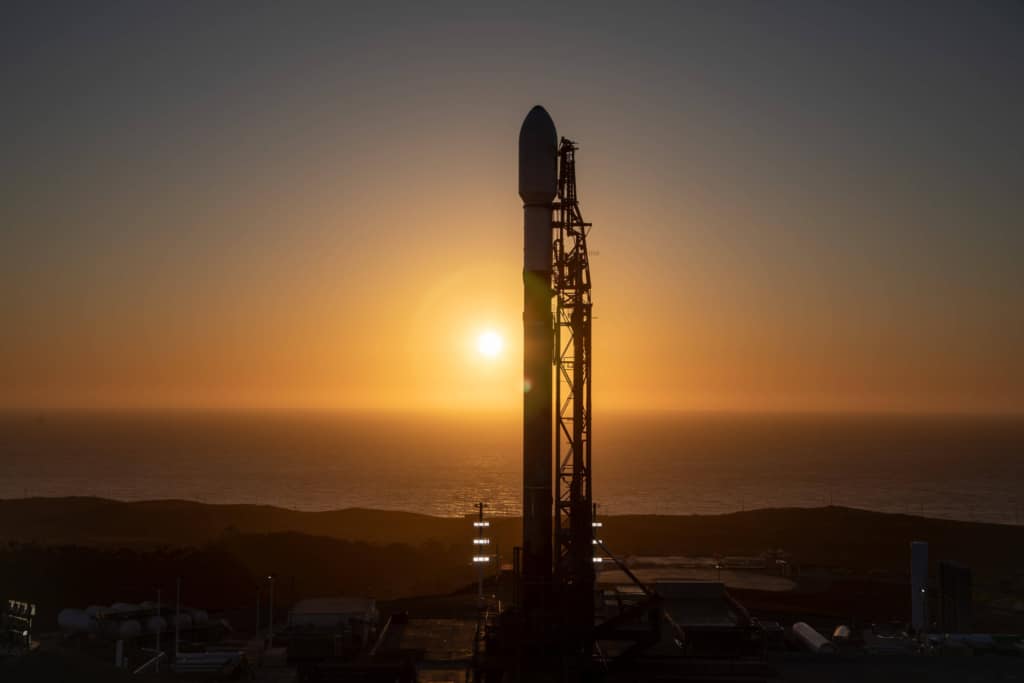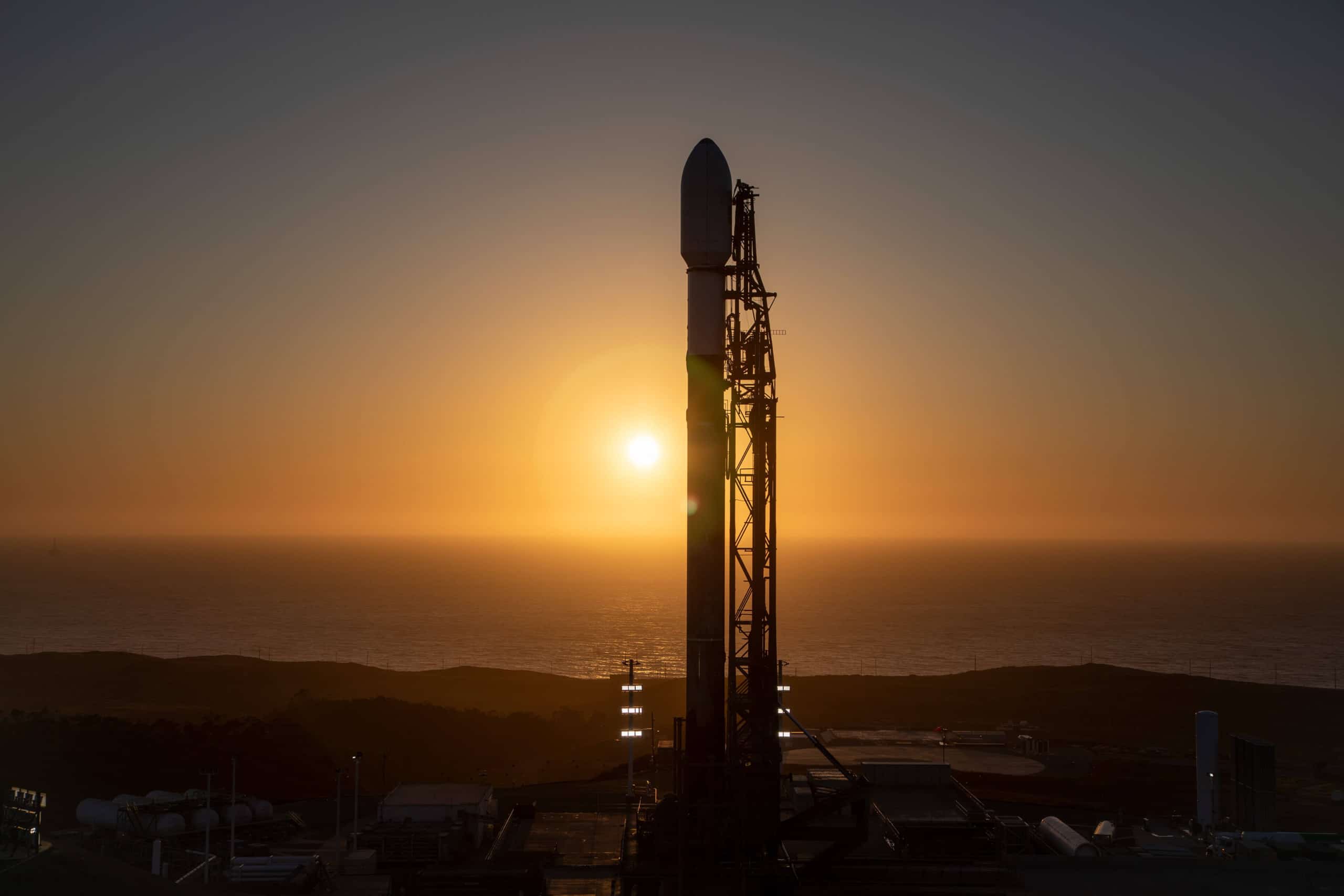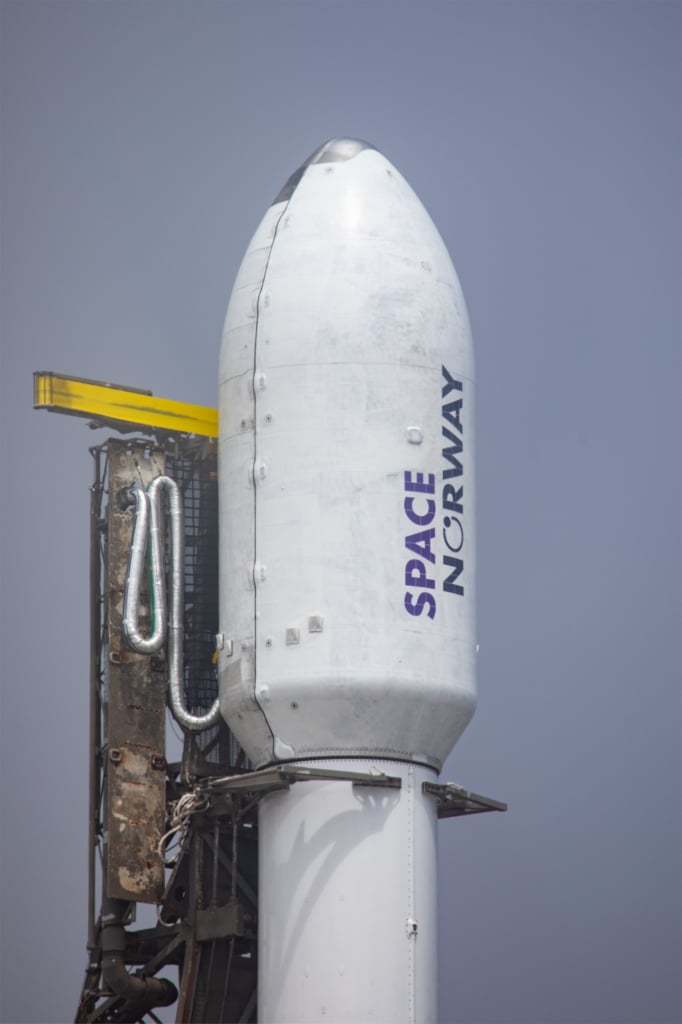VDES Satellite Technology
Pioneers of VDES Satellite Technology Secure New ESA Contract to Develop VDES Roaming Capabilities
Sternula and Space Norway are proud to announce their collaboration on the MaSSha2 project – an ambitious joint initiative to establish a Low Earth Orbit (LEO) satellite infrastructure that will deliver global VDES connectivity and support a wide range of critical maritime digital services.
Building on the success of the completed MaSSha project, MaSSha2 will focus on maturing and demonstrating a network sharing model for VDES networks. This will enable the partners to share VDES capacity, integrating both coastal (VDE-TER) and satellite (VDE-SAT) components. Network sharing is a key step toward the global rollout of VDES, designed to enhance safety, efficiency, and digitalization in the maritime sector.
Lars Moltsen, Founder and CEO of Sternula, said: “By enabling network sharing, MaSSha2 will allow customers to benefit from near real-time connectivity earlier and at a significantly lower cost than if each operator built their independent network. Beyond bilateral sharing with Space Norway, we will also be able to share and trade capacity with other VDES satellite or coastal network operators.”
Lars Løge, VDES Program Manager at Space Norway, said: “To demonstrate the concept, the project will leverage existing infrastructure from Space Norway, including NorSat-2 and the upcoming ADIS satellite, together with Sternula’s forthcoming VDES satellites. This project will strengthen the two companies position as the global frontrunners in VDES innovation.”
Space Norway is Northern Europe’s leading satellite operator and a key player in the international space sector and is dedicated to delivering cutting-edge solutions to our partners and clients. Sternula is the world’s first commercial provider of satellite-based connectivity for the maritime industry using VDES technology. Together, they form a strong European foundation for advancing VDES, a position that MaSSha2 will further strengthen.
The MaSSha2 project kicked off in February 2025. It is expected to conclude in 2027.
This project is being co-funded by the European Space Agency under ARTES 4.0 Business Applications – Space Solutions.
About Sternula
Sternula was founded in 2019, following the allocation of VDE-SAT radio spectrum at the ITU World Radio Conference. The company aims to provide trusted connectivity for ship operations and is leading the implementation of AIS 2.0 (VDES and related technologies) to establish the world’s largest integrated satellite and coastal network for maritime digital services.
Sternula is working to make global, real-time VDES connectivity a reality, supporting the maritime industry’s transition to digital operations while contributing to enhanced safety, sustainability, and operational excellence. The company plays an active role in the global development and standardization of VDES, collaborating closely with maritime stakeholders and international organizations such as IALA, IMO, and ITU.




